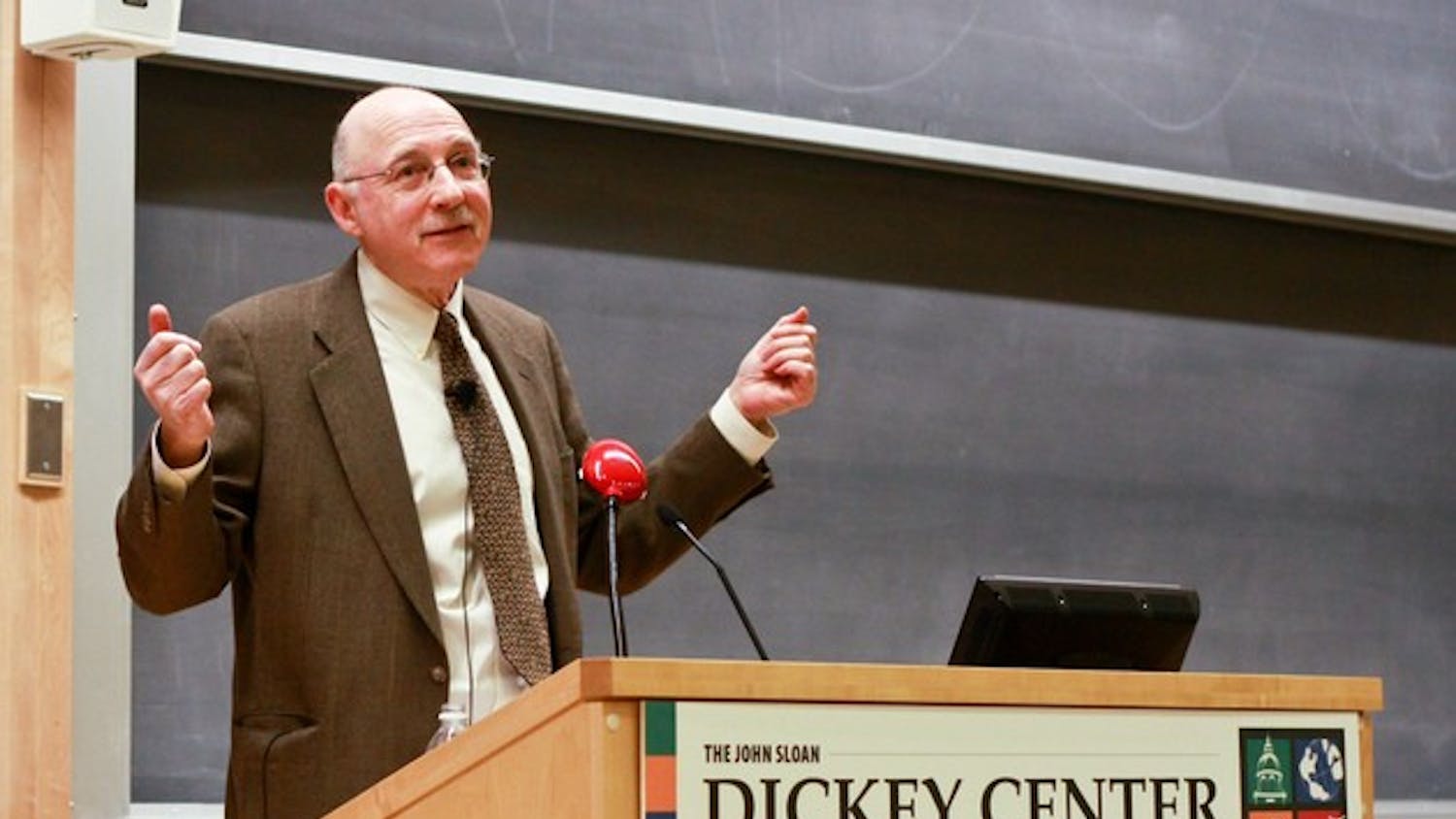In the two weeks since the assassination of Iranian General Qassem Soleimani, the United States and Iran seem to have stepped back from the brink of war. Thankfully, the two states’ brief exchange of conventional force has given way to a de facto ceasefire.
But it could have been worse. Imagine the past weeks if nuclear conflict had been on the table. Imagine more tension, greater risk and far less room for error. And here’s the most shocking part: In that scenario, the United States, not Iran, might even pose the greatest threat of escalating tensions into nuclear war.
By reserving the right to conduct preemptive strikes — nuclear-weapons use unprovoked by an enemy nuclear attack — and keeping hundreds of warheads on “hair trigger alert,” the U.S. exacerbates the risk of nuclear war. These risky policies have led us to the edge of nuclear exchange in the past and could well lead us to cross that line in the future. It’s time to abandon Cold War paranoia and change our nuclear policy to define America’s nuclear arsenal as a deterrent, not an offensive weapon of war.
No state wants to use nuclear weapons. The consequences are catastrophic. The U.S. maintains nuclear warheads with around 100 times the explosive power of the bomb dropped on Hiroshima, which killed over 100,000 people. Even North Korea, with its relatively rudimentary nuclear capability, has weapons a dozen times as powerful as the Hiroshima bomb. The impact of any nuclear exchange can spread worldwide — even a “regional” nuclear war, like one between India and Pakistan, would likely generate enough fallout to lower corn yields in the Midwest by between 10 and 40 percent for a decade.
If the consequences are so extreme, how could nuclear weapons ever be used? Only if the situation grows dire enough — and if someone blinks, breaking decades of global taboo to push the button and trigger the first combat use of nuclear weapons since 1945. It’s in the interest of no one to start that nuclear war.
But the United States’ current nuclear policies threaten to push the world into exactly these conditions. We maintain the option of a nuclear first strike for an extensive list of circumstances, including retaliation for non-nuclear strikes, chemical attacks, large-scale conventional forces or hardened bunkers. I have little sympathy for regimes that would use chlorine or mustard gas — but these weapons pale in comparison to the sheer destructive power of nuclear weapons.
The United States’ missiles are maintained so as to be ready to strike anywhere, anytime. Our missiles are on so-called hair-pin triggers, ready to launch at the command of the President in as little as five minutes. The supposed rationale is the need to quickly respond to any attack, given the possibility that our nuclear capacity could be wiped out by an enemy. But due to our virtually undetectable nuclear submarines, such destruction of America’s nuclear capacity is considered by many security experts to be virtually impossible. Still, the U.S. maintains over 700 weapons on a high level of alert, capable of killing hundreds of millions with the press of a button. This is not a sane deterrent or prudent planning — it’s little more than madness. Due to our hair-pin trigger launch system, a war can become nuclear in an instant. And that threat escalates fear and uncertainty around the globe.
Any state that could be on the receiving end of a nuclear first strike has an incentive to remain as launch-ready as possible. Under such circumstances, a dangerous possibility arises: A state fearing for its survival might be tempted to use its nuclear weapons before the U.S. can destroy it. The threat of first strike, when combined with rising tensions and nuclear brinkmanship, creates a perverse incentive for enemies to lash out with offensive nuclear force of their own. Several expert analyses, including one by nuclear policy analyst Michael Gerson and another by the Bulletin of the Atomic Scientists, have found such a scenario highly plausible.
If this scenario still doesn’t sound realistic, simply look to 50 years of case studies: the Cold War. Both the U.S. and the Soviet Union experienced several so-called “close calls,” a series of terrifying incidents where the threat of nuclear war crossed from a feared eventuality to an imminent possibility. In 1979, the U.S. detected a massive Soviet launch. President Jimmy Carter was minutes away from a counter-strike when he was told the threat was erroneous — one technician had accidentally inserted a nuclear strike training tape into the operational computer. In 1983, a Soviet base detected an incoming strike, but the director of the base decided the strike seemed too small to be real and declined to retaliate or relay the warning up to Moscow, which would have triggered a broad retaliatory strike against the U.S. In these incidents, the hair-trigger launch capacity was the biggest danger — warning systems can be faulty, and the time needed to launch a strike is incredibly short. Both the U.S. and the Soviet Union had at that point refused to commit to no first use of nuclear weapons, making the false alarms seem more believable to policymakers. Concerning incidents haven’t abated since the Cold War — consider when the U.S. lost track of 50 warheads for an hour in 2007 after communications systems malfunctioned. The risk of accidental nuclear war is still there.
No matter how small we can make the risk of technical malfunction or a nuclear false alarm, our leaders are only human; the question of eventual nuclear war under our current high-risk policies may be not “if,” but “when.”
It’s time to take some simple and necessary precautions against disastrous war — especially pledging to reject first use and end hair-trigger launch systems. It’s time for the U.S. to take the lead and commit to saner, safer nuclear policies.


